How THCA Flower Became Legal: A Timeline of Hemp Legislation
The path to legal THCA flower wasn't straightforward – it involved decades of legislation, scientific discoveries, and legal interpretations that would fundamentally reshape the cannabis landscape in America. What many consumers don't realize is that the journey from complete prohibition to today's thriving THCA flower legal market spans nearly a century of evolving laws, changing scientific understanding, and shifting public perception.
Today, millions of Americans can legally purchase and consume THCA flower products, but this wasn't always the case. The current legal THCA flower market exists because of a complex interplay between federal legislation, state implementation, and scientific distinctions that lawmakers likely never anticipated when they first began regulating cannabis.
Understanding this hemp legislation timeline is crucial for consumers, businesses, and policymakers alike. The story reveals how unintended consequences, scientific nuances, and legal interpretations created opportunities that transformed an entirely prohibited plant into a federally legal agricultural commodity – at least in certain forms.
This comprehensive timeline will explore the key legislative milestones that led to the current THCA hemp laws, examine how different states have interpreted federal guidance, and help you understand the complex legal landscape that makes THCA flower legal status 2024 such a nuanced topic.
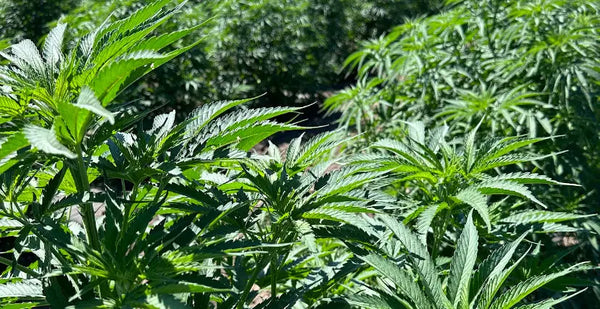
Pre-2018: The Prohibition Era
The story of cannabis prohibition in America begins long before anyone understood the difference between THCA and Delta-9 THC. To understand when did THCA become legal, we must first examine the decades of prohibition that preceded it.
The 1937 Marihuana Tax Act
The federal government's first major attempt to control cannabis came with the Marihuana Tax Act of 1937. This legislation didn't technically make cannabis illegal but imposed such prohibitive taxes and regulations that it effectively criminalized the plant. The Act made no distinction between hemp and marijuana, treating all cannabis varieties as the same controlled substance.
What's particularly relevant to today's legal THCA flower market is that this early legislation was based on limited scientific understanding. Lawmakers in 1937 had no knowledge of cannabinoids like THCA, CBD, or even the precise mechanisms of THC. They simply saw cannabis as a dangerous drug that needed control, regardless of its chemical composition or intended use.
The 1937 Act also established a pattern that would persist for decades: federal cannabis policy driven more by social and political concerns than scientific evidence. This approach would later create the regulatory gaps that eventually allowed THCA flower legal products to emerge in the modern market.
The Controlled Substances Act of 1970
The Controlled Substances Act (CSA) of 1970 represented a complete overhaul of federal drug policy and established the framework that still governs cannabis today. Under the CSA, marijuana was classified as a Schedule I controlled substance, defined as having "no currently accepted medical use" and "a high potential for abuse."
Crucially, the CSA defined marijuana broadly as "all parts of the plant Cannabis sativa L." This definition made no exceptions for hemp varieties or low-THC cannabis, effectively making all cannabis products federally illegal regardless of their psychoactive properties. This broad definition would remain unchanged for nearly five decades, creating the legal foundation that THCA hemp laws would eventually need to navigate.
The CSA also established the Drug Enforcement Administration (DEA) as the primary federal agency responsible for cannabis enforcement. The DEA's interpretation of cannabis laws would later become crucial in determining how legal THCA flower products could exist within the federal framework.
Early Hemp Pilot Programs
Despite decades of prohibition, some states began experimenting with limited hemp programs in the 1990s and early 2000s. These early initiatives were largely unsuccessful due to federal opposition, but they laid important groundwork for future hemp legislation timeline developments.
States like Kentucky, which had historically grown hemp before prohibition, began advocating for industrial hemp research programs. These early efforts helped establish the scientific and economic arguments that would later support broader hemp legalization. They also began the important work of distinguishing between hemp and marijuana based on THC content – a distinction that would prove crucial for understanding when did THCA become legal.
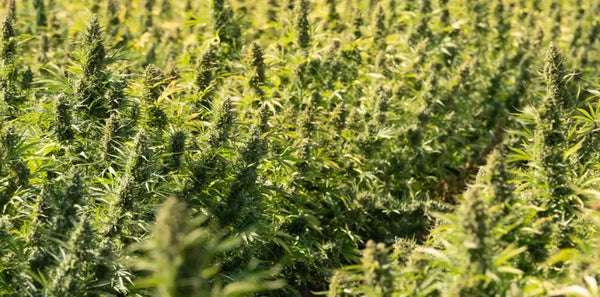
The 2014 Farm Bill: First Steps Toward Legal Hemp
The Agricultural Act of 2014, commonly known as the 2014 Farm Bill, marked the first significant crack in federal cannabis prohibition since 1970. While this legislation didn't directly address THCA flower legal status, it established the scientific and legal framework that would later make THCA flower possible.
Hemp Pilot Programs Authorization
Section 7606 of the 2014 Farm Bill authorized state departments of agriculture and higher education institutions to conduct hemp pilot programs for research purposes. This seemingly modest provision represented a seismic shift in federal cannabis policy, as it was the first time since prohibition that federal law explicitly allowed cannabis cultivation.
The pilot programs were limited in scope – they could only be conducted in states that had legalized hemp cultivation, and they were restricted to research and market development activities. However, these limitations were less important than the precedent they established: for the first time in decades, federal law acknowledged that some forms of cannabis could be legal.
These pilot programs also began the crucial work of developing testing standards and regulatory frameworks for hemp products. The experience gained from these early programs would prove invaluable when broader hemp legalization arrived in 2018, directly impacting the future legal THCA flower market.
The 0.3% Delta-9 THC Threshold
Perhaps the most significant aspect of the 2014 Farm Bill was its adoption of the 0.3% Delta-9 THC threshold for distinguishing hemp from marijuana. This threshold, originally proposed by Canadian researcher Ernest Small in 1979, became the legal dividing line between federally legal hemp and federally controlled marijuana.
This threshold is absolutely crucial to understanding THCA hemp laws because it specifically references Delta-9 THC, not total THC or THCA. This distinction would later create the legal space for THCA flower products, as THCA doesn't convert to Delta-9 THC until it's heated (decarboxylated).
The choice of 0.3% was somewhat arbitrary – Small himself admitted that it was chosen as a practical dividing line rather than based on any meaningful difference in effects or safety. However, this arbitrary threshold became the foundation for the entire hemp legislation timeline that followed.
Limited Research and Market Development
The 2014 Farm Bill specifically limited hemp activities to "research" and "market development," but these terms were broadly interpreted by many states and participants. Some pilot programs began producing hemp products for sale, arguing that market testing was a necessary component of market development research.
This broad interpretation of the research mandate began to create the commercial infrastructure that would later support the legal THCA flower market. Hemp processing facilities, testing laboratories, and distribution networks all began developing during this period, laying the groundwork for the explosion of hemp products that would follow the 2018 Farm Bill.
The 2014 Farm Bill also required that hemp pilot programs be conducted "in accordance with State law," establishing the principle of state-federal cooperation that continues to characterize THCA flower legal status 2024 implementation.
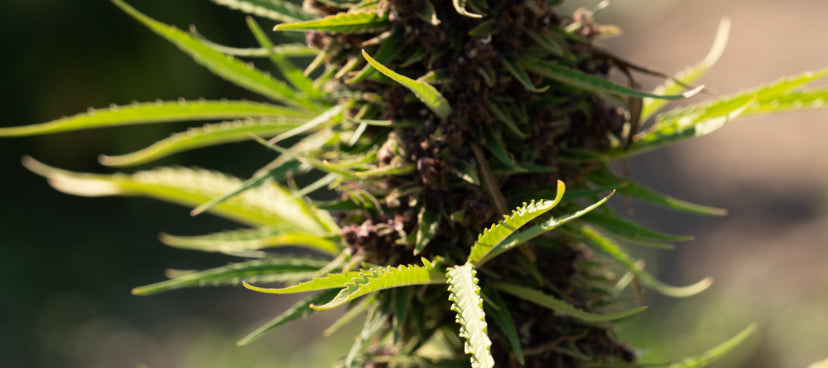
The 2018 Farm Bill: The Game Changer
The Agriculture Improvement Act of 2018, known as the 2018 Farm Bill, fundamentally transformed the legal landscape for hemp products and directly created the conditions that allowed THCA flower legal products to emerge. This legislation removed hemp from the Controlled Substances Act and established hemp as a federally legal agricultural commodity.
Comprehensive Hemp Legalization
Section 10113 of the 2018 Farm Bill removed hemp from the definition of marijuana in the Controlled Substances Act, making hemp and hemp-derived products federally legal for the first time since 1937. This change was revolutionary – it didn't just expand research programs or create limited exceptions, it fully legalized hemp as an agricultural commodity.
The legislation defined hemp as "the plant Cannabis sativa L. and any part of that plant, including the seeds thereof and all derivatives, extracts, cannabinoids, isomers, acids, salts, and salts of isomers, whether growing or not, with a delta-9 tetrahydrocannabinol concentration of not more than 0.3 percent on a dry weight basis."
This definition is crucial for understanding when did THCA become legal. The law specifically mentions "cannabinoids, isomers, acids" as being included in the hemp definition, which would encompass THCA (tetrahydrocannabinolic acid). As long as the plant contains no more than 0.3% Delta-9 THC, all of its components – including THCA – are federally legal.
The THCA Loophole
The 2018 Farm Bill's specific focus on Delta-9 THC, rather than total THC or THCA, created what many consider the "THCA loophole." THCA is the acidic precursor to Delta-9 THC that exists in raw cannabis plants. When heated through smoking, vaping, or cooking, THCA converts to Delta-9 THC through a process called decarboxylation.
Because the federal law only regulates Delta-9 THC levels in the plant, legal THCA flower can contain high levels of THCA while still meeting the federal hemp definition. This means that consumers can legally purchase flower that, when consumed, provides effects very similar to traditional marijuana – but remains federally legal as long as it tests below 0.3% Delta-9 THC in its raw form.
This distinction reflects the complex science of cannabis that wasn't well understood when prohibition began. The THCA hemp laws that emerged after 2018 had to grapple with this scientific nuance that earlier legislators never anticipated.
USDA Oversight and Regulation
The 2018 Farm Bill gave the United States Department of Agriculture (USDA) primary oversight responsibility for hemp cultivation and production. The USDA was required to develop federal regulations for hemp production, including licensing requirements, testing protocols, and compliance procedures.
The USDA's interim final rule, published in 2019, and the final rule, published in 2021, established the regulatory framework that governs legal THCA flower production today. These regulations specify testing requirements, including that hemp must be tested for Delta-9 THC within 15 days of harvest and that testing must be conducted by DEA-registered laboratories.
Importantly, the USDA regulations maintained the focus on Delta-9 THC rather than total THC for compliance testing. This regulatory approach reinforced the legal distinction that allows THCA flower legal products to exist within the federal framework.
Interstate Commerce and Banking
One of the most significant practical impacts of the 2018 Farm Bill was its explicit protection of interstate commerce in hemp products. The law prohibited states from interfering with the transportation of hemp through their territory and allowed hemp products to be transported across state lines, as long as they complied with federal hemp regulations.
This interstate commerce protection was crucial for the development of the legal THCA flower market. It allowed producers in hemp-friendly states to sell products nationwide (subject to individual state laws) and enabled the development of national brands and distribution networks.
The 2018 Farm Bill also removed barriers to banking services for hemp businesses. Before 2018, banks were reluctant to provide services to any cannabis-related business due to federal prohibition. The explicit federal legalization of hemp allowed banks to serve hemp businesses without fear of federal penalties, enabling the financial infrastructure necessary for a legitimate THCA hemp laws compliant industry.

State-by-State Implementation: A Patchwork of Laws
While the 2018 Farm Bill established federal legality for hemp products, implementation has varied dramatically across states. Understanding is THCA flower legal in my state requires examining this complex patchwork of state laws and regulations that have emerged since 2018.
States Embracing THCA Flower
Many states have implemented hemp programs that explicitly or implicitly allow legal THCA flower products. These states generally focus their regulations on Delta-9 THC content, consistent with federal law, and don't specifically restrict THCA.
States like Oregon, Colorado, and California have developed robust hemp industries that include THCA flower products. These states typically require hemp products to be tested for Delta-9 THC compliance and may have additional requirements for labeling, packaging, or retail licensing, but they don't prohibit THCA flower specifically.
North Carolina has become a major hub for THCA flower legal production and distribution, with numerous farms and processors operating under the state's hemp program. The state's favorable climate and business environment have attracted significant investment in hemp infrastructure.
States with Specific THCA Restrictions
Some states have moved to specifically restrict or ban THCA flower products, viewing them as an attempt to circumvent marijuana prohibition. These states have typically amended their hemp laws to include total THC or THCA in their testing requirements, effectively banning high-THCA flower products.
Minnesota, for example, amended its hemp law in 2022 to specifically address THCA, requiring that hemp products contain no more than 0.3% total THC, including THCA when calculated on a potential Delta-9 THC basis. This change effectively banned legal THCA flower products in the state.
Arkansas and several other states have taken similar approaches, viewing THCA flower as inconsistent with the intent of hemp legalization. These states argue that allowing high-THCA products undermines their marijuana prohibition laws and creates regulatory confusion.
States with Unclear or Evolving Positions
Many states fall into a gray area regarding THCA flower legal status 2024, with laws that don't specifically address THCA or with ongoing legislative changes that could affect the legal status of these products.
Texas, for example, has a hemp program that follows federal guidelines but has seen ongoing debate about whether THCA flower products are consistent with state law. Law enforcement agencies and regulatory bodies in Texas have provided conflicting guidance, creating uncertainty for businesses and consumers.
Florida has similarly struggled with THCA hemp laws implementation, with different state agencies taking varying positions on THCA flower legality. The state's hemp program allows production of hemp that meets federal guidelines, but some law enforcement agencies have questioned whether high-THCA products should be treated differently than other hemp products.
The Role of Local Ordinances
Even in states that allow legal THCA flower products, local governments may impose additional restrictions. Cities and counties across the country have enacted ordinances that limit or prohibit hemp retail sales, restrict hemp cultivation, or impose additional licensing requirements on hemp businesses.
These local variations add another layer of complexity to understanding is THCA flower legal in my state. A product might be legal under both federal and state law but prohibited by local ordinance, creating a need for consumers and businesses to research multiple levels of regulation.
Current Legal Landscape and Future Challenges
The current legal status of THCA flower legal products exists in a complex regulatory environment that continues to evolve. Understanding the present landscape requires examining ongoing federal guidance, state legislative trends, and potential future changes that could affect the industry.
Federal Agency Positions
The USDA has maintained its focus on Delta-9 THC testing for hemp compliance, which supports the continued legality of legal THCA flower products at the federal level. The agency's testing protocols and compliance guidelines continue to use Delta-9 THC as the primary metric for distinguishing hemp from marijuana.
However, the DEA has been less clear about its position on THCA flower products. While the agency hasn't taken enforcement action against compliant hemp businesses, it has also not provided explicit guidance confirming that THCA flower products are legal under federal law. This regulatory uncertainty creates ongoing compliance challenges for businesses in the THCA hemp laws space.
The FDA has taken a cautious approach to hemp-derived products generally, focusing primarily on CBD products but not specifically addressing THCA flower. The agency's ongoing review of hemp-derived cannabinoids could potentially impact future THCA flower legal status 2024 determination.
Ongoing Legal Challenges
Several legal challenges have emerged that could affect the future of legal THCA flower products. Some prosecutors and law enforcement agencies have argued that THCA flower products violate the intent of hemp laws, even if they comply with the letter of the law.
Federal court cases involving hemp businesses have generally supported the industry's interpretation that products meeting federal hemp definitions are legal, regardless of THCA content. However, the legal landscape remains fluid, and future court decisions could impact when did THCA become legal interpretations.
State-level legal challenges have been more varied, with some courts supporting restrictive interpretations of hemp laws while others have sided with the industry. The inconsistency in legal interpretations across jurisdictions continues to create uncertainty for THCA hemp laws compliance.
Legislative Trends and Future Outlook
Congressional interest in hemp regulation has remained relatively stable since 2018, with most lawmakers appearing satisfied with the current federal framework. However, some members of Congress have introduced legislation that could affect legal THCA flower products, either by providing additional clarity or by imposing new restrictions.
State legislative trends have been more active, with numerous states considering changes to their hemp laws that could affect THCA flower legality. Some states are moving toward more restrictive approaches, while others are working to clarify that THCA flower products are explicitly legal under their hemp programs.
The overall trend appears to be toward greater regulation rather than prohibition, with most states seeking to establish clear guidelines for THCA flower legal status 2024 rather than banning these products entirely. This suggests that the industry may face increased compliance requirements but is likely to maintain legal status in most jurisdictions.
Industry Best Practices and Compliance
The legal THCA flower industry has developed increasingly sophisticated compliance practices to navigate the complex regulatory environment. Leading companies in the space have invested heavily in testing, documentation, and quality control systems to ensure their products meet all applicable legal requirements.
Third-party testing has become standard practice, with most reputable THCA flower producers using certified laboratories to verify Delta-9 THC compliance. This testing typically occurs at multiple stages of production, from cultivation through final product packaging, to ensure continued compliance throughout the supply chain.
Documentation and traceability systems have also become crucial for THCA hemp laws compliance. Many producers maintain detailed records of seed genetics, cultivation practices, testing results, and distribution chains to demonstrate legal compliance if questioned by regulatory authorities.
Frequently Asked Questions About THCA Flower Legality
Is THCA flower legal under federal law?
THCA flower legal status under federal law depends on the Delta-9 THC content of the product. If a cannabis flower contains less than 0.3% Delta-9 THC on a dry weight basis, it meets the federal definition of hemp and is legal under the 2018 Farm Bill, regardless of THCA content.
When did THCA become legal?
When did THCA become legal is technically December 20, 2018, when the 2018 Farm Bill was signed into law. However, the practical availability of THCA flower products didn't emerge until 2019-2020, as the industry developed cultivation and processing techniques to produce compliant products.
Do state laws affect THCA flower legality?
Yes, is THCA flower legal in my state depends on both federal and state law. While federal law provides a baseline for hemp legality, states can impose additional restrictions. Some states have specifically banned THCA flower products, while others explicitly allow them.
How is THCA flower tested for compliance?
Legal THCA flower is tested using validated analytical methods that measure Delta-9 THC content specifically. Testing typically occurs pre-harvest and may include post-harvest testing of finished products. The testing must be conducted by DEA-registered laboratories to meet federal requirements.
Can THCA flower be shipped across state lines?
Legal THCA flower can generally be shipped across state lines if it complies with federal hemp regulations, thanks to interstate commerce protections in the 2018 Farm Bill. However, some states prohibit the importation of THCA flower products, so shippers must verify destination state laws.
What's the difference between THCA and Delta-9 THC legally?
Under current THCA hemp laws, THCA and Delta-9 THC are treated differently. Federal hemp law regulates Delta-9 THC content specifically, not THCA. This distinction allows products high in THCA but low in Delta-9 THC to remain federally legal hemp products.
Could THCA flower laws change in the future?
The THCA flower legal status 2024 landscape could change through federal or state legislative action, regulatory changes, or court decisions. While the industry has established strong legal foundations, ongoing regulatory uncertainty means that laws could evolve as governments gain more experience with hemp products.
Conclusion: Navigating the Complex Legal Journey
The path to legal THCA flower has been neither straight nor simple. From the broad prohibition of the 1937 Marihuana Tax Act through the nuanced scientific distinctions recognized in the 2018 Farm Bill, this journey illustrates how legal frameworks must evolve to accommodate advancing scientific understanding and changing social attitudes.
The hemp legislation timeline reveals a fascinating interplay between intended consequences and regulatory gaps. When lawmakers crafted the 2018 Farm Bill, they likely didn't anticipate that their specific focus on Delta-9 THC would create space for products that provide cannabis-like effects while remaining federally legal. This regulatory evolution demonstrates both the complexity of cannabis science and the challenges of creating comprehensive drug policy.
Understanding when did THCA become legal requires appreciating that legality isn't always a simple binary. The current landscape features federal legality with state-by-state variation, creating a complex patchwork that requires careful navigation by consumers, businesses, and legal professionals alike.
The question is THCA flower legal in my state doesn't have a universal answer, reflecting the diverse approaches states have taken to implementing federal hemp policy. This variation underscores the importance of staying informed about local laws and regulatory changes that could affect product availability and legal status.
Looking forward, the THCA flower legal status 2024 appears relatively stable at the federal level, but state-level changes continue to evolve. The industry has matured significantly since 2018, developing sophisticated compliance practices and establishing legitimate business operations that contribute to agricultural economies across the country.
The story of THCA hemp laws ultimately illustrates the dynamic nature of drug policy in a federal system. As scientific understanding advances and public attitudes shift, legal frameworks must adapt to remain relevant and effective. The hemp industry's rapid growth and broad public acceptance suggest that this evolution will continue, potentially leading to even more refined approaches to cannabis regulation.
For consumers interested in legal THCA flower products, the key takeaway is the importance of staying informed about both federal and local laws. While the federal framework provides important protections, state and local variations can significantly impact product availability and legal compliance requirements.
As this complex legal landscape continues to evolve, one thing remains clear: the journey from prohibition to the current legal THCA flower market represents one of the most significant changes in American drug policy in decades. Understanding this history helps illuminate not just where we've been, but where hemp and cannabis policy might be heading in the years to come.
The hemp industry's success in navigating this complex regulatory environment while building legitimate, compliant businesses serves as a model for how other regulated industries might evolve. As lawmakers, regulators, and industry participants continue to refine the hemp legislation timeline, the lessons learned from this remarkable transformation will undoubtedly inform future policy decisions across the broader cannabis space.

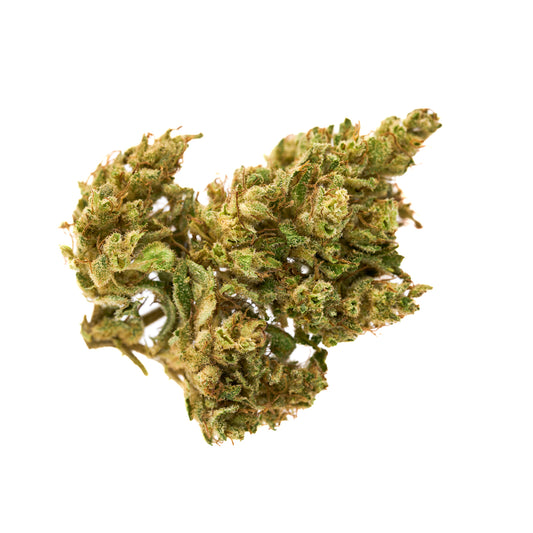
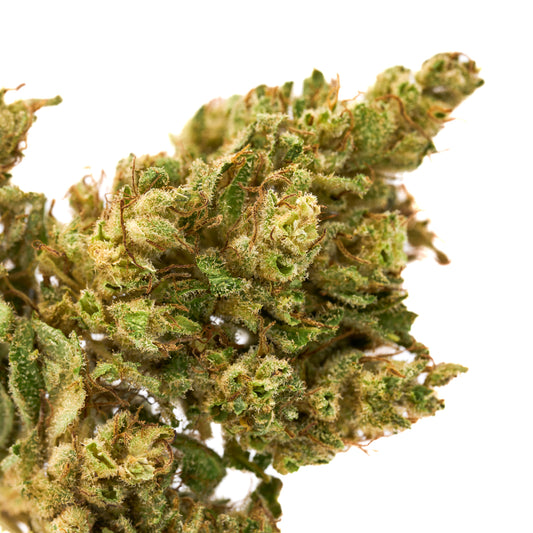
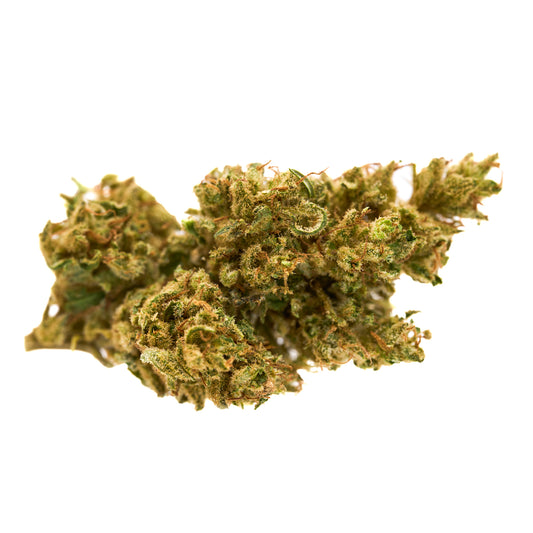
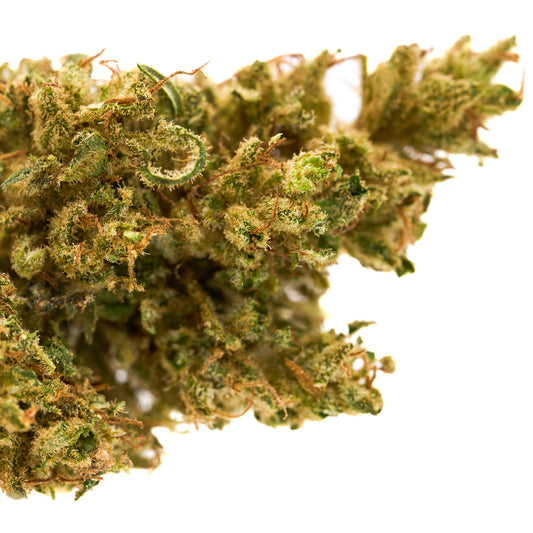
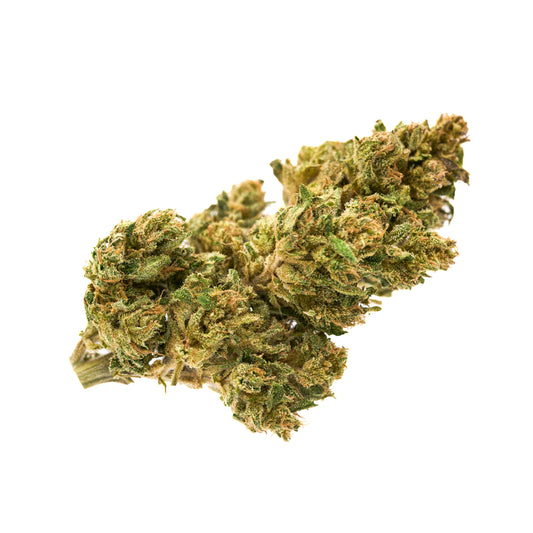
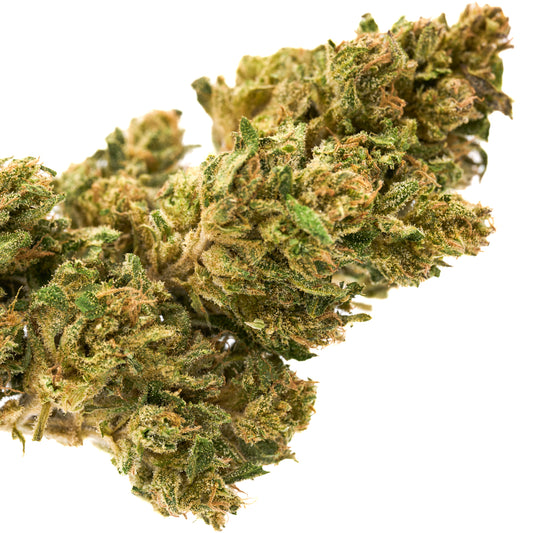



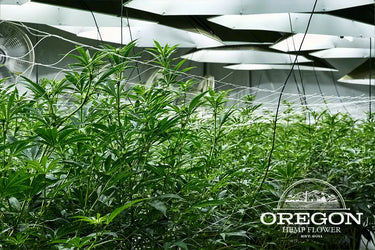

Leave a comment
Please note, comments need to be approved before they are published.